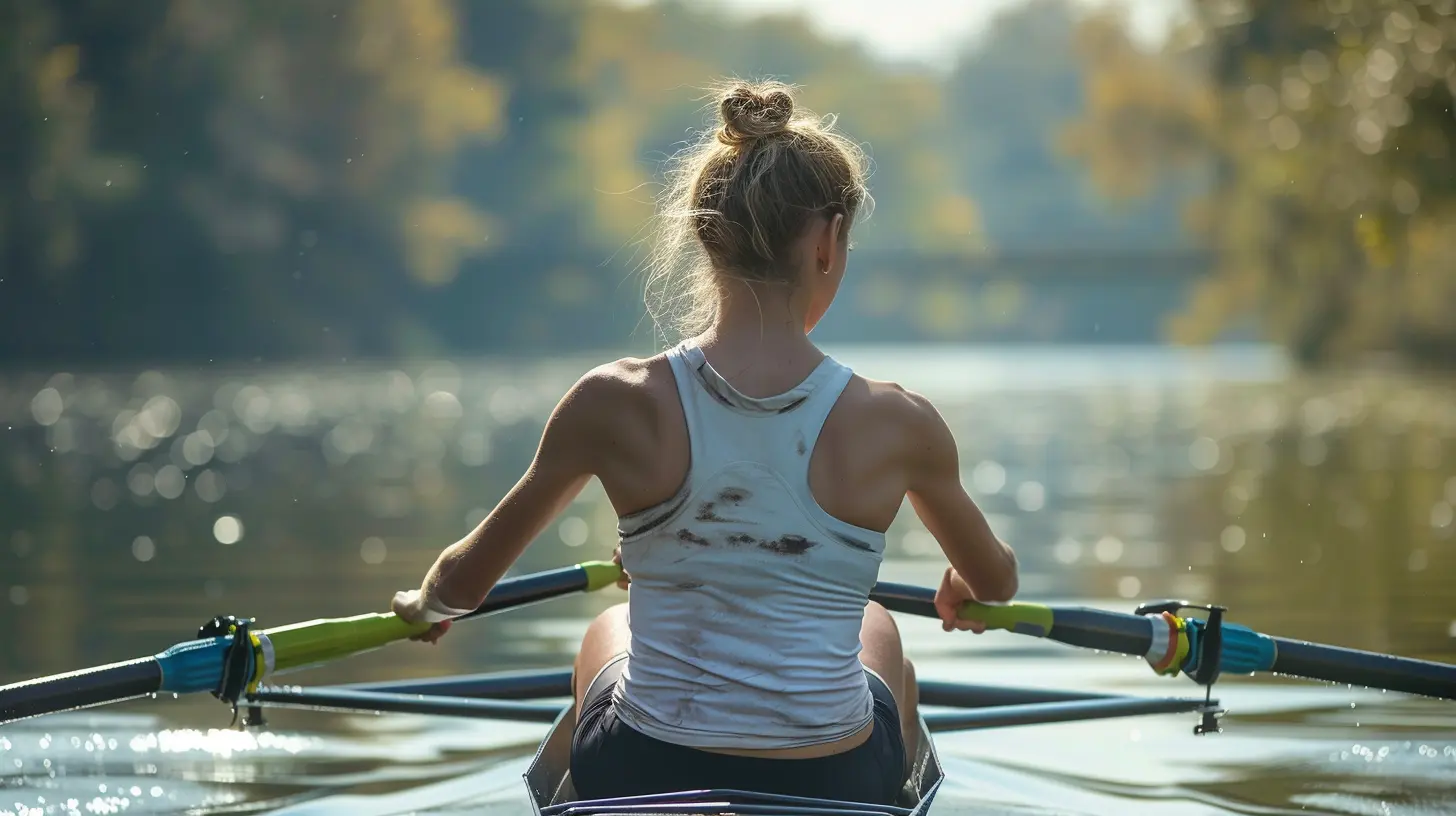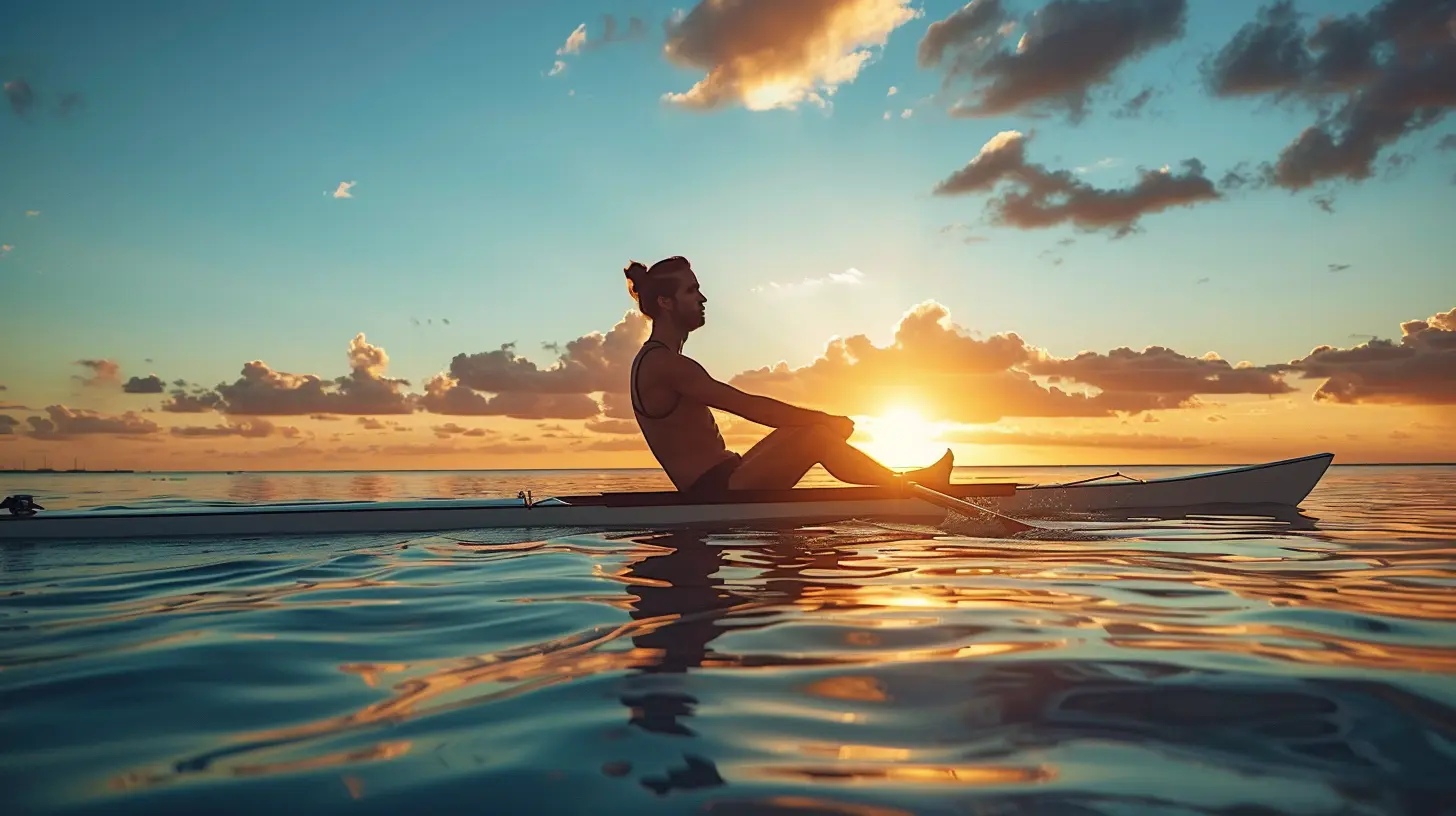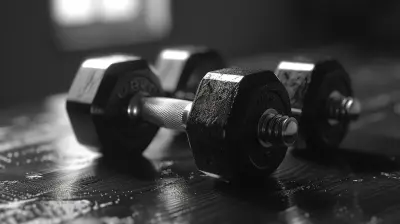Yoga for Rowers: Improving Posture and Core Strength
14 July 2025
Rowing is one of the most physically demanding sports out there. Whether you're powering through a 2k sprint or grinding through a long-distance head race, your body—especially your back and core—takes a beating. But what if I told you there’s a way to level up your rowing game without ever touching an oar? Yep, I’m talking about yoga.
Now, before you roll your eyes picturing incense and pretzel poses, stick with me. Yoga isn't just for the bendy folks down at the studio. It's a game-changer for rowers—especially when it comes to improving posture and core strength.
So, let’s break it down. Whether you're on the water every day or grinding through erg sessions in your garage, this article is your go-to guide for how yoga can boost your performance and protect your body from breakdown.
Why Rowers Need More Than Just the Erg
Let’s start with the obvious: rowing is repetitive. You’re using the same muscle groups over and over again—glutes, hamstrings, lats, core. Sounds good, right? Well, not quite.All that repetition leads to muscular imbalances. Rowers often develop tight hip flexors, rounded shoulders, and weak supporting muscles—especially deep core stabilizers. Over time, those issues can mess with your posture and increase your risk of injury.
That’s where yoga steps in and shines. It’s like hitting the reset button on your body. By targeting flexibility, balance, and core strength, yoga helps rowers move better, sit taller, and recover faster.
The Posture Problem in Rowing
You might be thinking, "I’m already sitting up straight in the boat, so what’s the problem?" Well, maybe you are—for the first 10 strokes. But once fatigue kicks in, even the best technique can start to slip. Shoulders creep forward, low backs round, and suddenly you’re asking way too much from muscles that aren't built to carry that burden.Let’s face it: rowing fosters poor posture. Not because you’re doing it wrong, but because the nature of the movement encourages forward flexion and spinal compression.
The solution? Yoga. It helps unwind the forward-folding tendencies of rowing by opening up the chest, lengthening the spine, and strengthening the muscles that support upright posture—like your rhomboids, traps, and deep spinal stabilizers.
The Core Connection: Why It Matters More Than You Think
Rowers are known for having strong cores, right? In theory, yes. You use your core for just about everything in the rowing stroke. But here's the catch: most rowers rely heavily on the superficial core muscles—like the rectus abdominis (hello, six-pack!)—and end up ignoring the deeper core musculature that keeps the spine stable and transfers power efficiently.Yoga targets those deep stabilizers, like the transverse abdominis and pelvic floor muscles, which are key for rowing with power and control. A strong core isn’t just about looking good on Instagram—it’s about creating a rock-solid foundation so your strokes are consistent, efficient, and pain-free.
How Yoga Improves Rowing Efficiency
Think of your rowing stroke like a chain reaction. The legs drive, the core transfers power, and the arms finish the stroke. If there's a weak link—say a wobbly core or tight hips—your stroke suffers.Incorporating yoga into your training routine enhances your body awareness, improves your mobility, and boosts your ability to activate the right muscles at the right time. That means more power on the drive and better control on the recovery. Translation? You move faster, with less effort.
Best Yoga Poses for Rowers
Alright, let’s get practical. Here's a breakdown of the most effective yoga poses for rowers that target posture, core strength, and overall mobility. And nope, you don’t need to be an expert yogi to do these.1. Downward-Facing Dog (Adho Mukha Svanasana)
Think of this as a full-body reset. It stretches your hamstrings, calves, shoulders, and spine—all areas that get tight from rowing. Plus, it strengthens your arms and core.Pro Tip: Keep a slight bend in the knees and focus on lengthening through the spine.
2. Plank Pose
Good ol’ plank is a core crusher—in a good way. It builds shoulder stability, activates the transverse abdominis, and trains your body to stay aligned under pressure.Try This: Hold for 30-60 seconds and focus on drawing your belly button toward your spine.
3. Boat Pose (Navasana)
This is basically a rower’s best friend. Boat pose fires up your hip flexors and deep core muscles, mimicking the catch-to-drive transition.Modification: If your lower back complains, bend your knees or hold behind your thighs.
4. Bridge Pose (Setu Bandhasana)
This one opens up the front of the hips while strengthening your glutes, hamstrings, and lower back. Perfect for counteracting all that forward flexion.Bonus Move: Try lifting one leg at a time to challenge stability.
5. Cat-Cow (Marjaryasana-Bitilasana)
A gentle spinal mobilizer that’s especially useful for warming up before a session or cooling down afterward.Why It Works: It reminds you how to move each vertebra with control—essential for rowing with proper technique.
6. Low Lunge with Twist
This pose stretches the hip flexors and adds a rotational element to release your thoracic spine and shoulders.Tip: Keep the back leg active and don’t sink into the pose—lift and lengthen.
Yoga Flow for Rowers (20-Minute Routine)
Short on time? Here’s a quick, structured yoga flow you can do after a session or on your rest day:1. Child’s Pose – 1 minute
2. Cat-Cow – 1 minute
3. Downward Dog – 1 minute
4. Low Lunge (each side) – 2 minutes
5. Plank to Chaturanga – 1 minute
6. Upward Dog – 30 seconds
7. Boat Pose – 3 rounds, hold 30 seconds
8. Bridge Pose – 1 minute
9. Supine Twist – 1 minute each side
10. Savasana – 2-3 minutes
That’s 20 minutes of pure gold for realigning your body and strengthening your core.
How Often Should Rowers Do Yoga?
You don’t need to become a full-time yogi to see results. Even 2-3 sessions a week can make a big difference. If you can carve out 10-20 minutes post-row or dedicate one rest day to a longer yoga session, your body will thank you.And remember, consistency beats intensity. You’re not trying to become Gumby overnight—you’re just trying to move better and row stronger.
Bonus Benefits: More Than Just Strength and Flexibility
Yoga isn’t just physical—it’s mental too. And let’s be real, rowing can be a grind both physically and psychologically. That’s where the meditative side of yoga shines.Mindful breathing, intentional movement, and present-moment awareness help rowers stay focused, manage race-day stress, and recover mentally from tough workouts. It’s like taking your mind to the gym.
Yoga vs. Stretching: What’s the Difference?
You might be wondering—can’t I just stretch and skip the yoga? Not quite.Stretching is passive. Yoga is active. When you practice yoga, you not only lengthen muscles but also engage stabilizers, improve balance, and build functional strength. Plus, the mindfulness component? That's the cherry on top.
Think of stretching as maintenance and yoga as total-body tuning.
Getting Started Without Feeling Lost
New to yoga? No worries. You don’t need fancy gear or a studio membership. Just grab a yoga mat (or towel), wear something comfy, and start simple.Apps like Down Dog, videos on YouTube, or online classes specifically for athletes make it super accessible. Look for “Yoga for Athletes” or “Yoga for Core Strength” to start.
And if you're feeling real extra? Find an instructor who understands rowing mechanics to tailor a practice just for you.
Final Thoughts
Rowers are some of the toughest, most dedicated athletes out there. But being strong isn’t just about power—it's about balance, alignment, and control. That’s exactly what yoga brings to the table.So whether you're trying to shave seconds off your split or just want your back to stop screaming after every erg session, adding yoga to your toolkit is a smart move.
Trust me—your spine, your stroke, and your future self will thank you.
all images in this post were generated using AI tools
Category:
YogaAuthor:

Nelson Bryant
Discussion
rate this article
1 comments
Zevon Kirkpatrick
Integrating yoga into a rowing training regimen can enhance flexibility and core strength, crucial for optimal performance. Improved posture from yoga not only boosts efficiency on the water but also helps prevent injuries in the long run.
July 29, 2025 at 1:01 PM

Nelson Bryant
Thank you for your insightful comment! Integrating yoga indeed plays a vital role in enhancing flexibility and core strength for rowers, ultimately leading to better performance and injury prevention.


